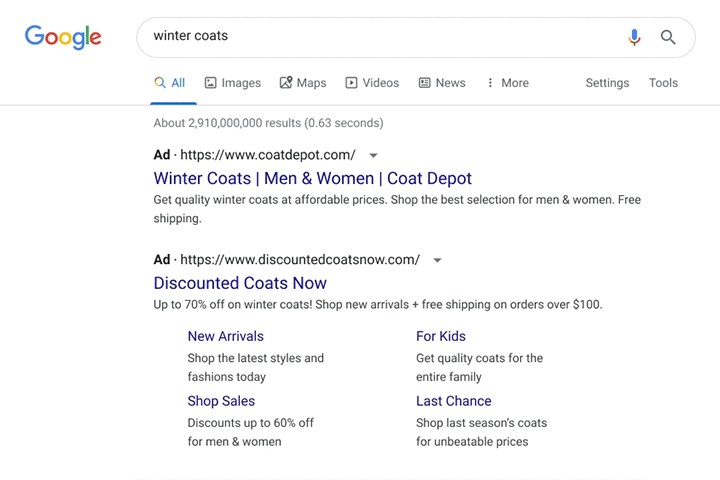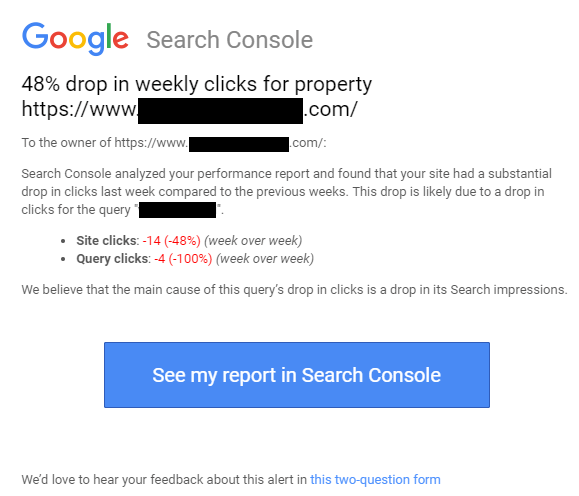Google has revealed their yearly recap of all the top trending searches for a smorgasbord of topics and themes for 2021. The lists show a focus on the news, money, and (of course) Squid Game, but they also reveal a bit about how Google thinks about its purpose as a search engine.
In addition to the expected stories or trends like Gabby Petito or various types of cryptocurrency, the list of top trending searches brings attention to the ways people use Google to find information, connect with others, and how to improve their own lives with tutorials, resources, and ways to help others in need.
Below, we will include some of the most interesting top trending search lists for the US from 2021, or you can explore Google’s full Year In Search site here.
Google’s Top 10 Trending Searches in 2021
- NBA
- DMX
- Gabby Petito
- Kyle Rittenhouse
- Brian Laundrie
- Mega Millions
- AMC Stock
- Stimulus Check
- Georgia Senate Race
- Squid Game
Top Trending News Searches
- Mega Millions
- AMC Stock
- Stimulus Check
- Georgia Senate Race
- GME
- Dogecoin
- Hurricane Ida
- Kyle Rittenhouse verdict
- Afghanistan
- Ethereum price
Top Trending Searches for How To Help Others
- How to help Afghan refugees
- How to help Texas
- How to help India COVID
- How to help toddler with cough
- How to help foster kids
Top Trending Searches For “How To Be”
- How to be eligible for stimulus check
- How to be more attractive
- How to be happy alone
- How to be a baddie
- How to be a good boyfriend
Top Trending “This or That” Searches
- Effect or affect
- Barbie, Bratz or Fairy
- Allergies or COVID
- Bones or no bones
- Bougie or boujee
- Pfizer or Moderna
- Sinus infection or COVID
- Choose Bidoof or Bidoof
- Cold or COVID
- Capitol or capital
Top Trending “Where to Buy” Searches
- Dogecoin
- Shiba coin
- PS5
- safemoon
- N95 mask
- XRP
- NFT
- Baby Doge
- Xbox Series X
- Squishmallows
As usual, Google also collected many of these lists and trends into a Year in Search video for 2021. Check it out below:




 Business owners can now see exactly what search terms people are using to find their Google My Business listings with Search Query Insights, giving you an opportunity to see where your listing is succeeding and what areas may need to be better optimized.
Business owners can now see exactly what search terms people are using to find their Google My Business listings with Search Query Insights, giving you an opportunity to see where your listing is succeeding and what areas may need to be better optimized.

